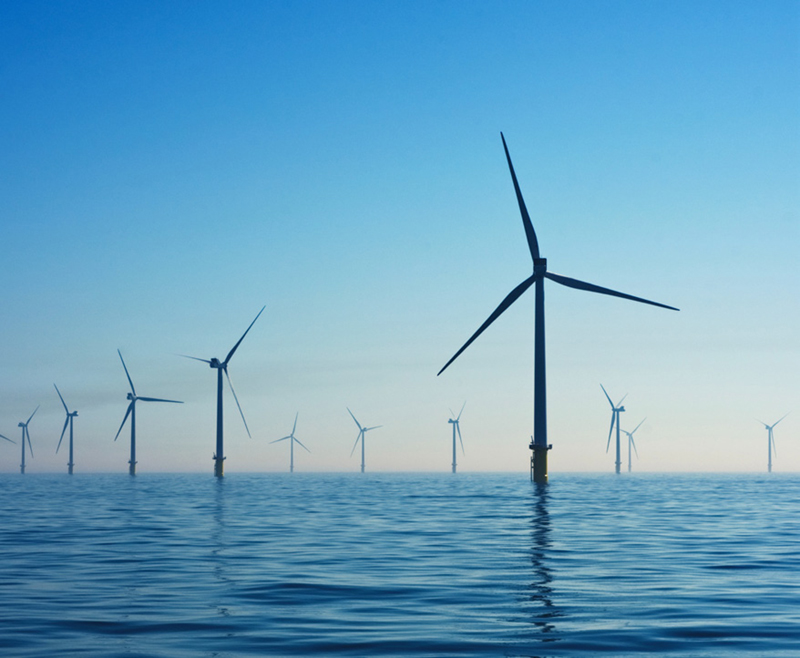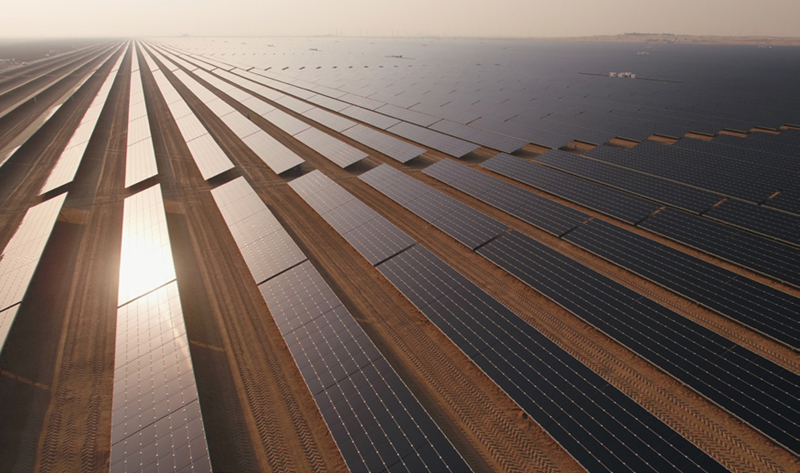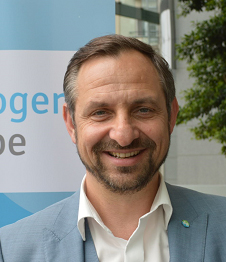
The role of hydrogen in enabling energy system integration and the vision for a global hydrogen economy
Meeting the EU’s long-term climate and energy goals and realising the promise of the Green Deal means carbon free power, increased energy efficiency and deep decarbonisation of industry, transport and buildings. Achieving all this will require both electrons and molecules, and more specifically: renewable and low-carbon hydrogen at large scale. Without it, the EU will not achieve its decarbonisation targets. As such, hydrogen and hydrogen-based fuels are set to play a systemic role in the transition to renewable sources by providing a mechanism to flexibly transfer energy across sectors, time and place. It can also be the bridge that unites the gas and electricity sectors, including their respective infrastructures while also acting as a link pin between the traditional energy sector and other demand sectors.
Hydrogen and hydrogen technologies are enablers of energy system integration, contributing to improving the overall efficiency of the system and cost reductions in the energy sector and across the economy.
Both hydrogen and electricity grid infrastructures together with large scale seasonal hydrogen storage and small-scale day-night electricity storage, in mutual co-existence, will be essential to realise a sustainable, reliable, zero-emission and cost-effective energy system. Hydrogen can also help the renewables industry continue to grow since more renewables will be needed for hydrogen production. As such, renewables and hydrogen, “HydroGenewables”, are the perfect partners in the energy transition.
Hydrogen is a versatile, clean and flexible energy vector that will play a crucial role in this process of energy and ecological transition. It can be used as a feedstock for industry, a carbon-neutral fuel for transport (land-use, maritime and aviation), and an energy carrier in the power sector as well as for heating in buildings and heavy industry. Hydrogen and hydrogen technologies will drive decarbonisation through innovation, boosting the EU economy and competitiveness via EU industrial leadership and the creation of highly skilled labour. By 2050, we expect 2,250 TWh of hydrogen in Europe, which represents roughly a quarter of the EU’s total energy demand in 2050.

A scaled-up industry could deliver hydrogen for a benchmark cost of $2/kg in 2030 and
$1/kg in 2050 in many parts of the world. Our 2×40 GW Green Hydrogen Initiative elaborates further on how to enable and realise the large-scale production of renewable hydrogen. The 2x40GW Green Hydrogen Initiative presents concrete next steps to underpin a concrete industrial roll-out. A roadmap for a 40 GW electrolyser capacity in the EU by 2030 shows a 6 GW captive market (hydrogen production at the demand location) and 34 GW hydrogen market (hydrogen production near the resource). Furthermore, A roadmap for 40 GW electrolyser capacity in North Africa and Ukraine by 2030 includes 7.5 GW hydrogen production for the domestic market and a 32.5 GW hydrogen production capacity for export.
If a 2×40 GW electrolyser market in 2030 is realised alongside the required additional renewable energy capacity, renewable hydrogen will become cost-competitive with fossil (grey) hydrogen.
By realising a 2×40 GW electrolyser capacity, producing green hydrogen, about 82 million-tonne CO2 emissions per year could be avoided in the EU.
Hydrogen supplies could come from a mix of sources. While the exact split of production methods could differ among applications depending on cost assumptions and developments related to the different technologies: electrolysis, pyrolysis and steam methane reforming/autothermal reforming with carbon capture and storage (SMR/ATR with CCS) will most likely play key roles. Scenarios relying on only one of these three production pathways seem unrealistic and would fall short of the required deployment. In addition, hydrogen carriers (e.g. ammonia, synthetic methane, liquid organic hydrogen carriers (LOHC)) may be used to effectively transport and distribute renewable energy over large distances without having to handle large quantities of hydrogen. This is paramount because Europe will need to import renewable energy from the best wind and solar spots worldwide to meet its decarbonisation target. Their production requires a further conversion, but they potentially offer advantages such as much higher energy density, better compatibility with end use applications and lower cost.
To make the hydrogen economy a reality, we estimate total investment needs of around €430bn over the next years. Most of this money is set to go to wind, solar and infrastructure e.g. conversion of existing natural gas pipelines to 100% pure hydrogen transport. By making these investments, the transition and disruption from a fossil-fuel based economy to the energy system of the future can materialise. Out of this €430bn, we expect around €150bn to come from public financing and the rest from private investment. Within the current context of the health pandemic and European economic recovery, the European Commission should also consider waiving state aid rules for projects submitted under the Important Projects of Common European Interest (IPCEI) label, provided that the project be submitted during the course of 2020.

In conclusion, our vision is the development of a global hydrogen economy, with Europe as it’s launching pad. European laws for gas and electricity markets can provide inspiration for the development of a hydrogen market design; however, given its unique characteristics, hydrogen will require its own market design. As a first step, the European Union is set to unveil its communication on a Hydrogen Strategy in July 2020 with legislative initiatives aimed towards the development of a hydrogen market design expected next year in 2021.
It is imperative that Europe maintains its industrial leadership in hydrogen technologies as global competition is quickly catching up.
As a Union, we have the opportunity to shape a new industry while respecting and achieving our climate commitments under the Paris agreement. In addition, strengthening our leadership in hydrogen can present opportunities to export European technological and legislative know-how. Our industrial leadership can reinforce the EU’s climate diplomacy and neighbourhood policy, while the “Brussels effect” can help path the way for the development of a global hydrogen economy based on European rules, norms and standards. Finally, to consolidate the EU’s position as a global leader in hydrogen, it is also important that in economic terms, the price of hydrogen be denominated in Euros.




